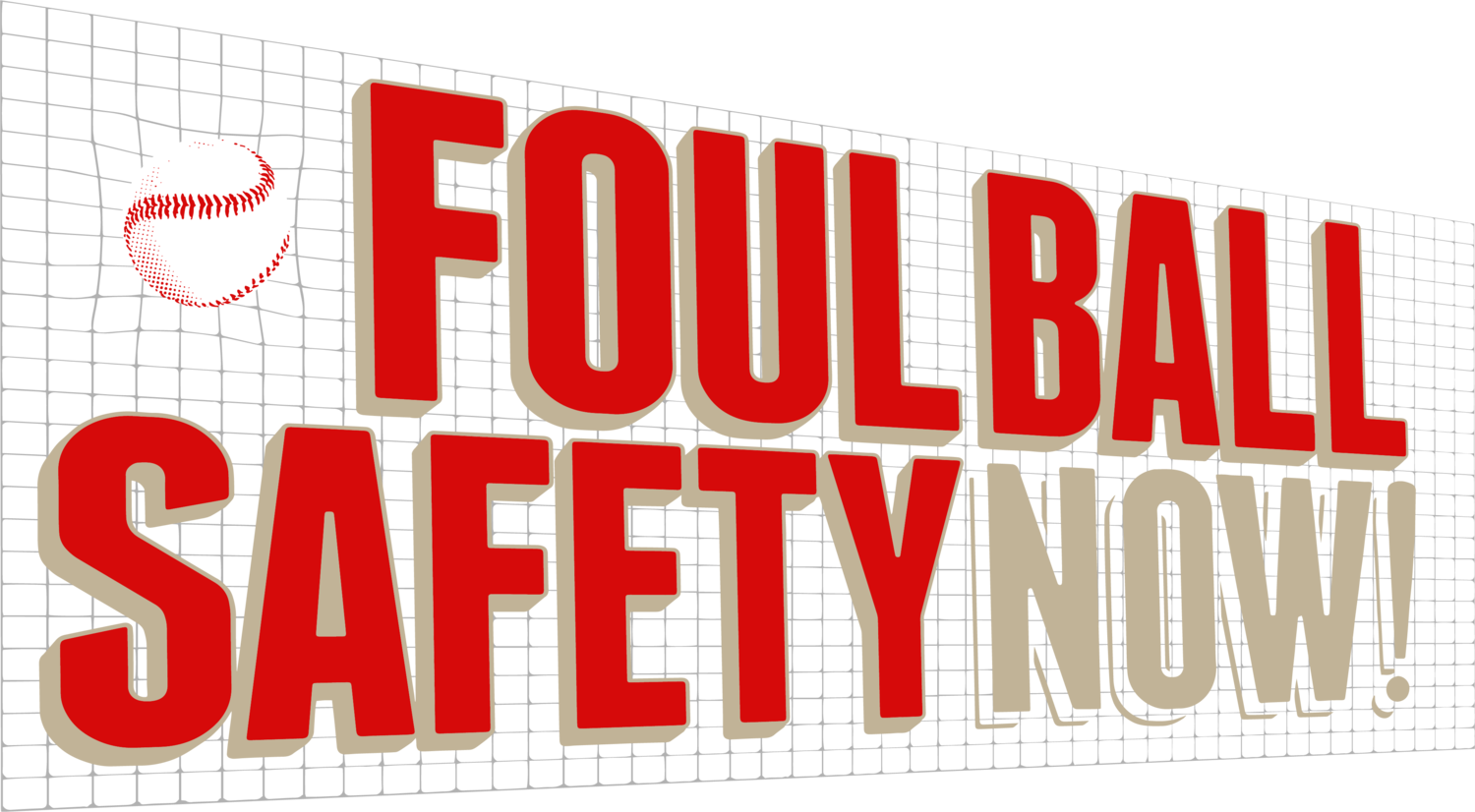Exhibit A-2: Recent injury to MLB umpire illustrates the critical truth of dangerous foul balls
The recent injury to MLB umpire Hunter Wendelstedt—struck in the head by a foul ball while standing approximately 100 feet from home plate—clearly illustrates a critical truth: people remain dangerously exposed to line drives at professional ballparks that still have no netting past the ends of the dugouts. Sections just past the dugouts are approximately 90-100 feet from home plate. Wendelstedt, a veteran umpire positioned near first base, couldn’t react in time as the foul ball came at him at high speed. He wasn’t distracted, wasn’t eating, and wasn’t checking a phone — he was doing his job and says he saw the ball coming — and still couldn’t avoid the ball. That should alarm anyone sitting anywhere near the field.
Foul Ball Safety Now identified more than 40 professional minor league ballparks that started the 2025 baseball season without extended netting to protect fans seated beyond the dugouts.
The Wendelstedt incident echoes a powerful demonstration featured in HBO’s Real Sports segment, “Foul Ball Injuries in MLB.” Watch below. Using a 75-foot simulator, the segment showed that fans seated in unprotected seats above the dugout—fans who often believe they’re safe—can’t physically react in time to avoid a screaming foul ball. The simulator recreated the experience of a ball coming off a bat at 95 mph, and test subjects were put in everyday ballpark scenarios: holding a drink, eating a hot dog, tending to a child. The result? Nearly every participant failed to move in time. Many didn’t even flinch until it was too late. The point was clear: you simply can’t get out of the way.
That reality isn’t theoretical—it plays out regularly in ballparks where netting does not extend far enough, especially past the ends of the dugouts. These areas remain vulnerable, and fans in those seats are frequently caught off guard by balls coming at them at speeds over 100MPH—balls that don't respect the vertical boundaries of partial netting. Even in stadiums with upgraded netting, there are still wide zones left exposed where families, children, and unsuspecting fans sit every game.
Wendelstedt’s injury is a stark reminder that speed, trajectory, and unpredictability make foul balls a real threat. If an experienced umpire can’t avoid being hit at approximately 100 feet away, it’s unreasonable to expect everyday fans seated a similar distance from home plate to react fast enough to protect themselves.
Statement by Jordan Skopp
The following statement is from Jordan Skopp, founder of Foul Ball Safety Now.
The installation of extended netting takes only a matter of days, not years. There is no excuse for further delay. MLB must be compelled — whether by legislation, regulation, litigation or all three — to immediately safeguard fans from high-speed foul balls throughout all of its affiliated leagues.
Why is it acceptable to anyone that dangerous and deadly conditions continue to be tolerated throughout professional baseball?
Major League Baseball, a $50 Billion industry, simply doesn’t care about the lives of their fans, particularly those who attend minor league games. MLB is looking to continue producing a dangerous product at the expense and the welfare of the fans.
The U.S. Congress and federal agencies must intervene with investigations and legislation to hold MLB accountable and to regulate safety protocols for all professional baseball facilities to ensure fans are protected from dangerous foul balls.
We need Foul Ball Safety Now!
Help be the change! Here’s three ways to get involved
Subscribe and share this video and our website with your family, friends, and social networks.
Meet with our founder, Jordan Skopp
Foul Ball Safety Now needs to hear your foul ball stories now! Help us spread the word about the ongoing risk to fans in professional baseball. Children have faced a history of cruelty when it comes to lethal foul balls!
